Coumarin
Coumarin is an aromatic organic compound with a sweet fragrance, used in perfumery, cosmetics, and as a precursor to anticoagulant drugs, regulated due to potential toxicity concerns.
Overview
Despite its widespread use and occurrence in nature, pure coumarin has been restricted or banned in food products in some countries due to concerns over its potential toxicity and liver damage with high long-term intake. However, it continues to be valued for its use in perfumery, tobacco flavorings, and as a chemical intermediate in pharmaceuticals.
Coumarin Key Features
– Natural Occurrence: Found in various plants and essential oils, giving them their characteristic sweet smells and flavors.
– Applications: Used in perfumes, tobacco, cosmetics, and as a flavoring agent in some food products.
– Pharmaceutical Importance: Acts as a precursor for the synthesis of anticoagulant drugs and other medicinal compounds.
– Safety: Subject to regulation due to potential hepatotoxicity when consumed in large amounts.
Coumarin Applications
– Fragrance and Flavoring: Coumarin is added to many cosmetic products and fragrances for its sweet, vanilla-like scent. It is also used as a flavoring agent in some foods and beverages, subject to regulatory approval.
– Pharmaceuticals: It serves as a chemical precursor to several important anticoagulant drugs, including warfarin, and to other coumarin derivatives with various therapeutic effects.
– Agriculture: Coumarin derivatives are used in certain pesticides and as rodenticides, leveraging their toxicity to pests.
Coumarin Functions
– Aroma Compound: Imparts sweet, grassy, and vanilla-like aromas to products, enhancing their sensory qualities.
– Medicinal Precursor: Through chemical modification, coumarin is transformed into pharmacologically active compounds with anticoagulant and other therapeutic properties.
– Pesticide Ingredient: Some coumarin-based compounds are effective in controlling agricultural pests and rodents.
Details
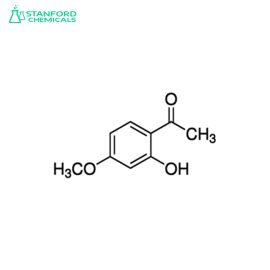
| Available Sizes | 30 capsules, 60 capsules, 90 capsules |
|---|---|
| Key Ingredient | High-quality, pure Paeonol extract |
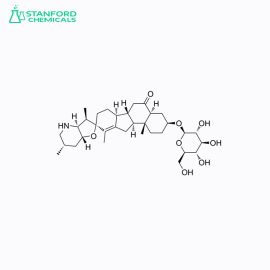
| Available Sizes | 30 capsules, 60 capsules, 90 capsules |
|---|---|
| Key Ingredient | High-quality Peimisine extracted from Fritillaria thunbergii |
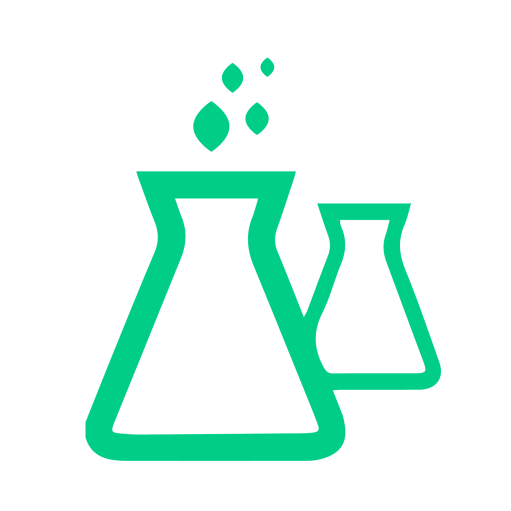
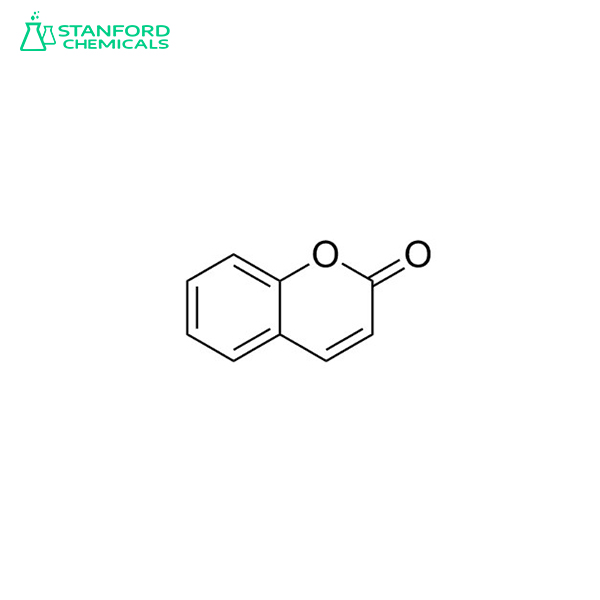

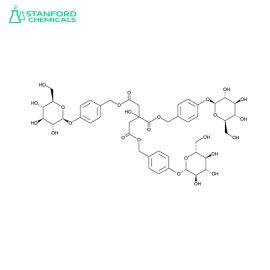
Reviews
There are no reviews yet.